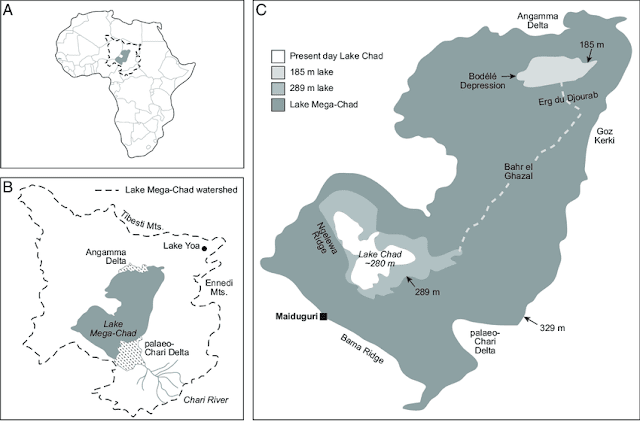The end and the future...
In this final blog post I wanted to reflect on what I have covered over the past few weeks. It is clear that the main focus of my blog has been Lake Chad and the LCB. In my first blog post I mentioned that I planned on covering topics such as the influence of the ITCZ and El Niño in the region. I didn't end up covered these topics as when I was researching for my earlier blog posts, other questions arose which led to me look into other topics such as conflict and the urban-rural divide for example. Having researched the region further and the implications on communities in the region and reliant on the Lake's water, it has only become more apparent to me that there really is a humanitarian crisis in the region. One major impact environmental change has had on the Basin's population is the impact of climate change agriculture as fishermen and farmers have been forced to diversify and adapt. Environmental stressors have as a result, led to conflict in some cases particularl...






